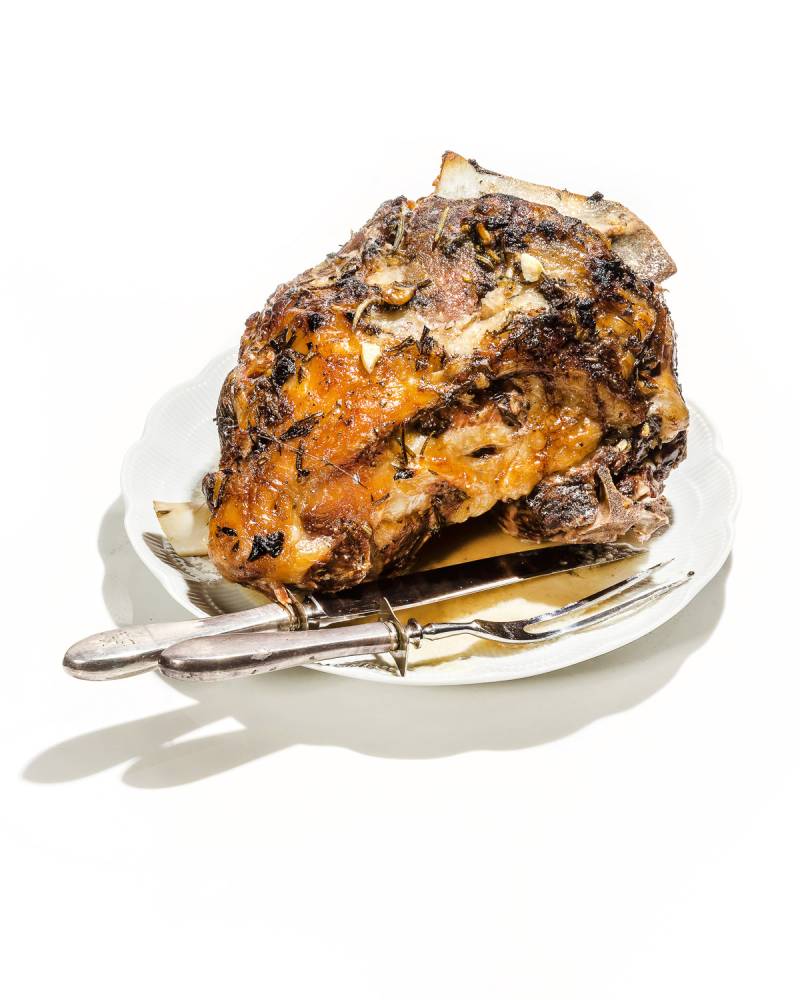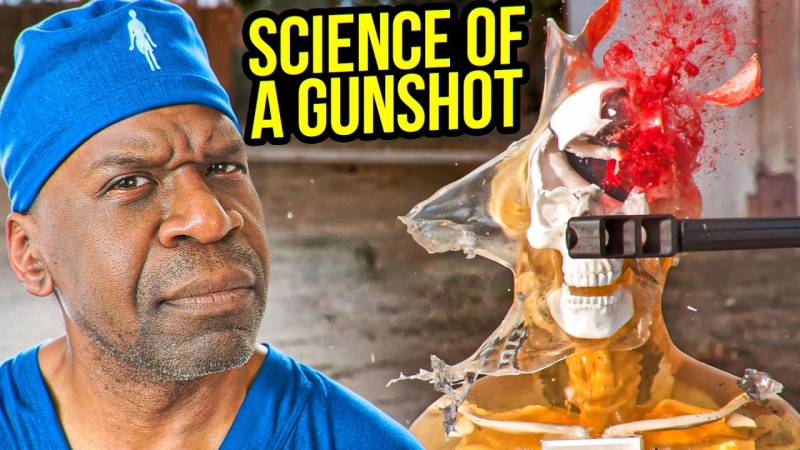When trying to express how you feel, or after forgetting details when you tell a story, you may say, "My brain isn't recalling that information right now" or "My mind doesn't feel clear today!" It's common to hear people use phrases like these to describe the experiences of thinking, decision-making, and recalling information. Often used interchangeably, the mind and the brain are in fact not the same thing, according to Mindbodygreen. The mind works through the brain, but both the brain and the mind are their own entities and work in separate ways to help us with our cognitive abilities.
Cornell University describes how the concept of the mind and its relationship with the brain has been disputed for much of documented human history. From early civilization to the modern fields of cognitive science and neurobiology, the idea of the mind being separate from the brain has been explored. The conversation has even been held within philosophy, psychology, and psychoanalysis.
Here's what you should know about how the mind and the brain are different, but work together to create our thoughts, feelings, and experiences.
The brain is a physical entity
The brain is a physical organ that exists within the shield of the skull and is surrounded by protective fluid (per WebMD). The human brain is comprised of over 100 billion nerves that are constantly communicating to the entire body via trillions of connections known as synapses. As one of the biggest and most complex organs in our bodies, the brain controls the functioning of our bodies through four lobes. The temporal lobe controls auditory functions and memory; the parietal lobe allows the body to feel sensations and maintains body positioning; the frontal lobe controls judgment, problem-solving, and motor functioning; and the occipital lobe commands visual processing.
An average adult brain weighs approximately three pounds (via Mayfield Clinic). While the brain sends communication through trillions of synapses, it receives communication through the five senses, which are taste, touch, sight, smell, and hearing. After receiving information through our senses, our brains are able to dictate to the rest of our bodies what needs to be done to ensure our survival, from breathing to the movement of our limbs to the storage of memory and knowledge. LiveScience reports that human brains have been studied in medical cadaver labs. Since the brain is an organ that can be physically touched and seen by the human eye, it is definitively a tangible structure.
The mind is energy flow
While the brain can be seen and touched, the mind cannot be defined by the five senses. Instead, the mind is the culmination of energy flow through the brain that occurs when we think, feel, and make decisions (per Mindbodygreen). Dr. Caroline Leaf is a cognitive neuroscientist and communication pathologist who has extensively studied the relationship between mind and brain, and has found that the mind works through the brain but remains its own entity.
Through clinical trials, Dr. Leaf has determined that the thoughts we have cultivate physical structures made of proteins in our brains, and consequently lead to structural changes in the brain. This phenomenon is known as neuroplasticity. So while the mind can't be seen or touched, the energy flow that comprises the mind creates physical interactions within the brain.
Encyclopedia Britannica defines the mind as the faculties involved in cognitive functions like making decisions, recalling memories, evaluating situations, and perceiving. The definition can be extended to include the mind as encompassing sensations, emotions, desires, and experiences within the unconscious. This is aligned with Dr. Leaf's research findings that the mind is energy flow, comprising a stream of nonconscious activity as we sleep, and streams of conscious and unconscious activity when we're awake (via Mindbodygreen). Her clinical findings define the mind as being characterized by energetic actions including feeling, thinking, and choosing.




